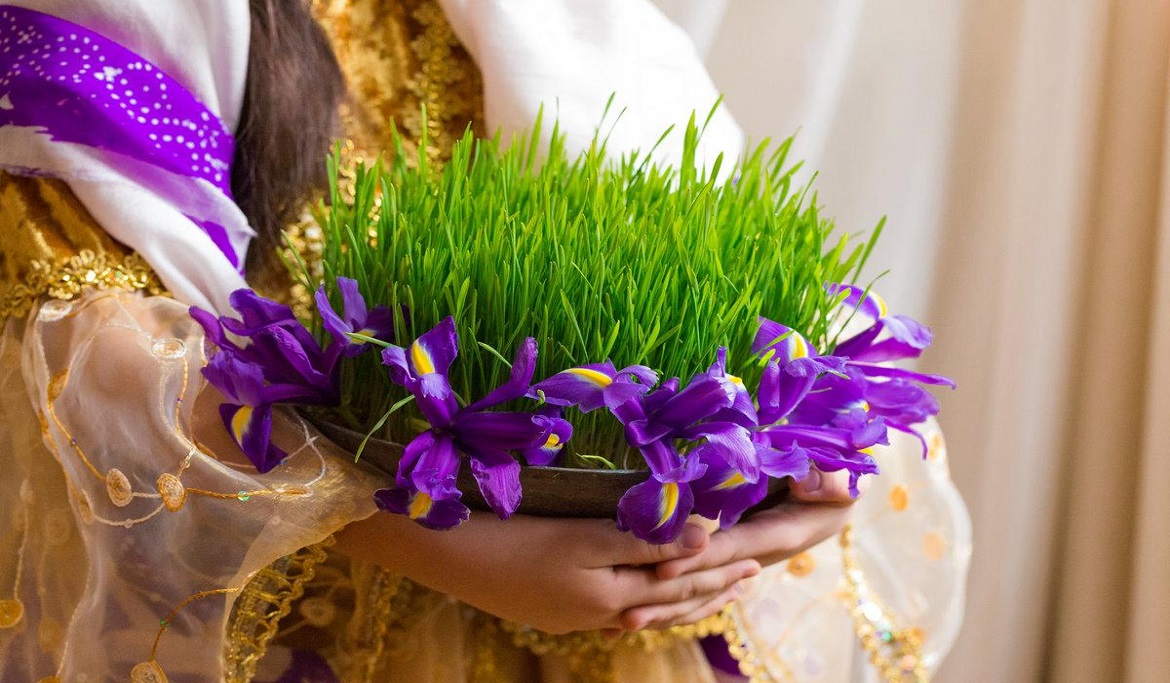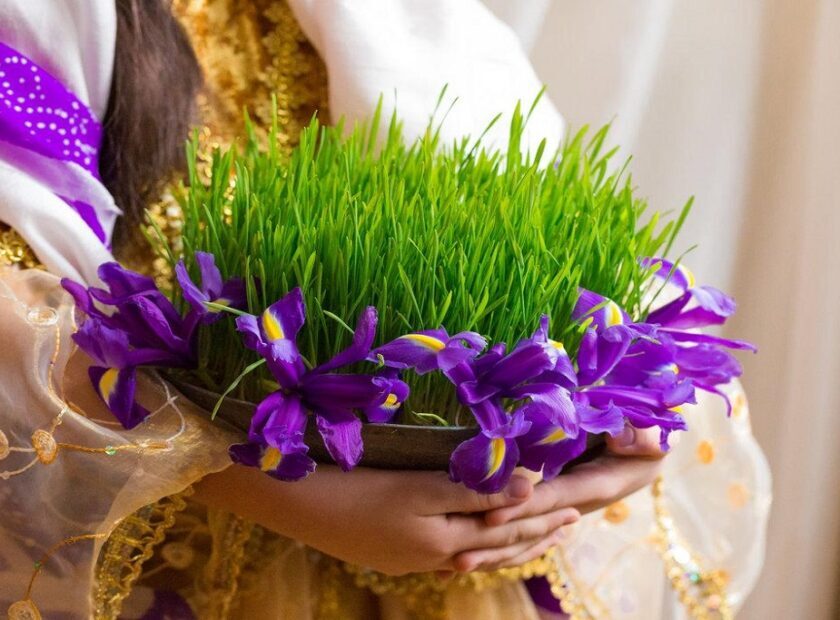Nowruz Festival
Nowruz is a rite dating back to at least the 6th century BCE, marking the new year and ushering in spring. Variously known as Novruz, Nowruz, Noruz, Navruz, Nauroz or Nevruz, this historic rite is observed on 21 March in many countries along the Silk Roads, including Afghanistan, Azerbaijan, India, Iran, Iraq, Kyrgyzstan, Kazakhstan, Pakistan, Tajikistan, Turkey, Turkmenistan and Uzbekistan.
Nowruz is celebrated by peoples of many different religions and cultures across this vast region. Some of the festival’s earliest origins lie in Zoroastrianism, marking one of the holiest days in the ancient Zoroastrian calendar.
The return of the spring was seen to have great spiritual significance, symbolising the triumph of good over evil and joy over sorrow. In particular, the Spirit of Noon, known as Rapithwina, who was considered to be driven underground by the Spirit of Winter during the cold months, was welcomed back with celebrations at noon on the day of Nowruz according to Zoroastrian tradition.
How do people prepare for Nowruz?
People start their preparation for the festivities weeks beforehand. They clean their homes from top to bottom, including carpets, windows and curtains. Everyone in the family helps out. Anything broken is repaired or replaced and the house is decorated with flowers. By doing this spring cleaning, people wash away the bad things from the previous year and prepare for better things to come in the new year.
People prepare a special table in their homes, where they place small dishes holding seven symbolic foods and spices. The names of these foods all start with the letter ‘s’ in Persian and so the table is called the ‘seven s’s’ (haft-seen). The dishes generally contain wheat or bean sprouts (sabze), vinegar (serke), apples (sib), garlic (sir), a wheat-based pudding called samanu, a red spice called sumac, and senjed, a kind of wild olive which is common in the region. Other symbolic objects can include goldfish, painted eggs, candles and a mirror. The seven s’s symbolise life, love, health and prosperity.
How is it celebrated?
Fire forms an important part of the celebrations, and bonfires are built and lit on the streets for four Tuesdays in the weeks before Nowruz. On the last Tuesday, people observe the Festival of Fire (Chaharshanbe Suri), which involves jumping over these fires, which is believed to bring health and good luck in the new year.
Iranians spend the night of Nowruz with their family. The traditional new year dinner is white fish with rice and herbs. Many families give a money gift (called eidi) to the children to mark the new year. People often visit each other’s homes and always bring traditional gifts.
People also celebrate on the street. Traditional poetry, song and dance play a key role in the celebrations, and people fill the streets to watch and take part in the performances. Traditional sports are also popular. They often involve horse-riding or wrestling.




